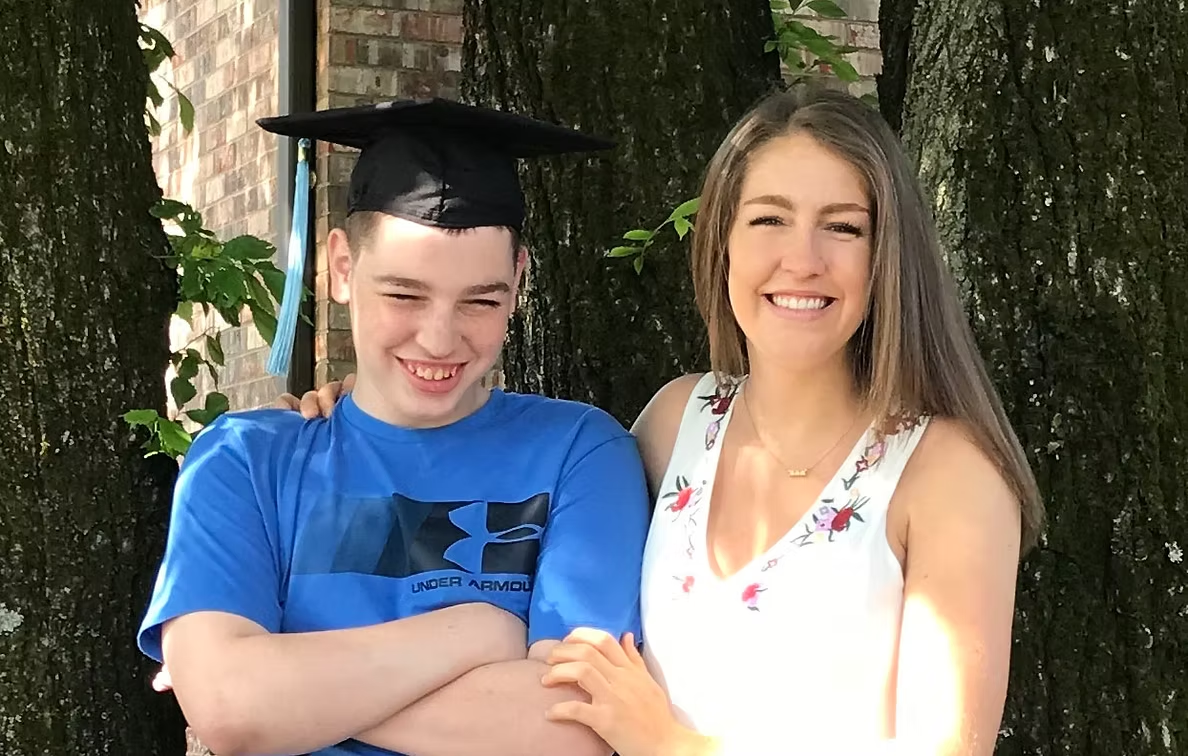PCDH19 at School: Guide to IDEA, BIPs & Section 504

Making sure your child or family member with PCDH19 is adequately cared for while at school can seem daunting. Our guide will help you better understand your options for getting support at school.
What is IDEA?
Special education is dictated by the Individuals with Disabilities Education Act (IDEA). In addition to guaranteeing special education and related services for eligible children with disabilities across the country, IDEA also supports early intervention services for infants, toddlers, and their families and provides competitive discretionary grants.
The following are general principals of the IDEA:
Child Find Mandate
Under the Child Find Mandate of IDEA, public school staff must locate, evaluate, and identify children, regardless of severity of disability, who may qualify for special education services under IDEA.
Eligibility and Evaluation for One of 13 Disability Categories
IDEA is for children ages 3-21 who have been evaluated and found eligible for at least 1 of the 13 federal educational disability categories: autism, deaf-blindness, deafness, emotional disturbance, hearing impairment, intellectual disability, multiple disabilities, orthopedic impairment, other health impairment, specific learning disability, speech or language impairment, traumatic brain injury, or visual impairment (including blindness).
Free and Appropriate Education (FAPE)
Under IDEA, all students in special education are entitled to FAPE (free and appropriate education) tailored to their individual needs. This includes children with disabilities who have been suspended or expelled from school.
Defining Special Education
Special education is “specifically designed instruction, at no cost to parents, to meet the unique needs of a child with a disability.” This instruction is individualized to address the specific needs resulting from the child’s disability. Special Education is a set of services that can be provided in multiple settings, including classrooms, at home or the hospital, and may include things like general education, physical education, travel training, vocational education and related services.
Related services are services necessary to assist the child to benefit from special education. Related services identified in the law are: (This list is not exhaustive.)
- Transportation.
- Speech-language pathology and audiology services.
- Interpreting services.
- Psychological services.
- Physical and occupational therapy.
- Recreation.
- Social work services in the schools.
- School health services.
- School nurse services as described in the IEP.
- Counseling services.
- Orientation and mobility services.
- Parent counseling and training.
- Medical services for diagnostic and evaluation purposes only.
Behavior Intervention Plans (BIPs)
A behavior intervention plan (BIP) should be discussed and potentially developed for all students who hold an IEP and whose behavior impedes learning.
A BIP should consist of the use of positive behavioral supports and interventions in order to address the specified problem behavior.
A functional behavior assessment (FBA) should be used to guide the development of a BIP. The FBA should be used in order to determine the function of the behavior, or why the behavior is occurring.
The function of the behavior should be the driving force in the development of the BIP. If the function is not correctly identified, the BIP will likely not be effective.
Example: If a student is acting out during reading class, is the student looking for attention or is it an escape behavior to get out of doing the assignment? If the function is attention, the BIP may state that negative behaviors are ignored and positive behaviors are praised. If the function is escape, the BIP may state that the student is allowed to take a break from the task for 5 minutes before returning to the undesirable task. Once the student completes the task, he/she will positive reinforcement.
The BIP should contain behavioral goals, the interventions selected to achieve the goals, and progress monitoring of growth toward the goals.
Section 504
Section 504 is a broad civil rights law protecting people with disabilities of all ages who are impacted by a public or private agency that receives federal money.
In the public school, Section 504 provides reasonable accommodations for students with whose disabilities “affect one of the major life activities” but do not necessarily significantly impact the child’s ability to learn.
Section 504 accommodations must be based on the student’s educational needs and be reasonable in nature.
Section 504 is for students in the regular education setting. It provides services and changes to the learning environment to meet the needs of the child as adequately as other students.
What is a 504 plan?
An accommodation plan may be developed for an eligible student by a group of people knowledgeable about the student and must document modifications/accommodations to be made by the school which will allow the student to benefit from the school’s education services.
What are some accommodations my child may receive under Section 504?
The list of potential accommodations is not exhaustive and only limited by students’ needs. Common accommodations include preferential seating, extended time on assignments/tests, verbal testing, sensory breaks, behavioral management strategies, etc.
Section 504 requires that schools implement procedural safeguards for students and parents including a notice of rights, parental consent for evaluation, an opportunity to review student records, an opportunity for due process, and an opportunity for further review of local hearing decisions. It is governed by the Office of Civil Rights (OCR).
How do I request a 504 evaluation for my child?
An evaluation for 504 can be requested at any time by the school or the parents if it is believed the child has a disability which substantially limits one or major life activity (such as walking, eating, sleeping, communicating, reading, concentrating, learning, speaking, etc.) and needs extra accommodations and/or modifications in order to access the general education curriculum.
Every school has a contact person responsible for overseeing 504 plans within the school/district. A parent interested in having a child evaluated for 504 should contact this person and make a request to have his/her child evaluated. It is always best to put the request in writing.
Still have questions?
If you still have questions about how to handle your child’s diagnosis at school, please don’t hesitate to contact us.



